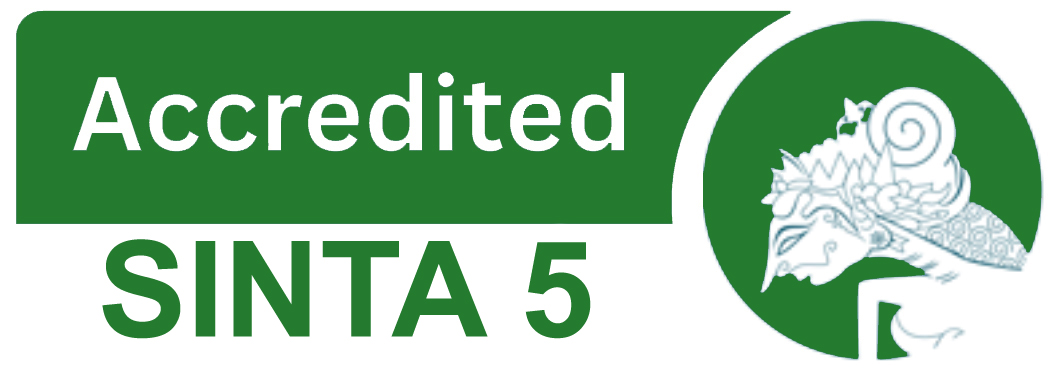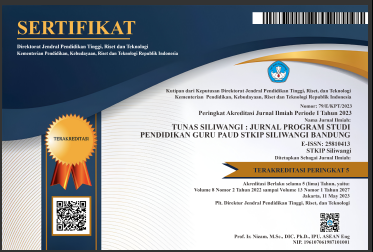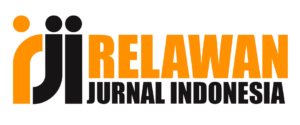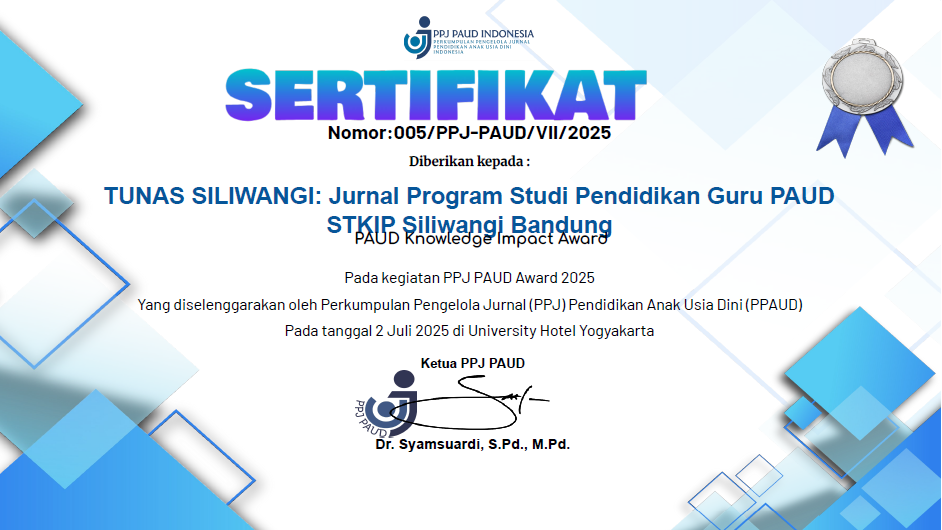Geography in early childhood social studies Learning: in the perspective of map reading needs in the era of globalization 5.0
DOI:
https://doi.org/10.22460/ts.v11i1.5925Keywords:
Geography , Social Studies , Map ReadingAbstract
Geography learning in early childhood today is still limited to the introduction of places, various disasters and seasons or weather. The implementation of geography learning in early childhood has not yet reached the perspective of the needs of the 5'0 era of globalization. It can be seen from the low ability of Indonesians to read maps. This is known through the literacy survey of PISA 2022- 2023 results, which states that Indonesia is ranked 68 out of 81 countries in the world (Syamsul, 2023). While the development of technology and globalization today humans are very dependent on the use of digital maps in everyday life. This research aims to find out what kind of geography learning is implemented in early childhood. Has geography learning referred to the need to read maps in the era of Globalization 5'0, namely accommodating spatial understanding in children. The research method used is descriptive qualitative research method. The result of this research is that geography learning in early childhood has not been carried out in accordance with the needs of reading maps in the era of globalization 5.0. The need to read maps in geography learning is very close to early childhood. Where the use of gmaps is an application that is used massively everyday so that it must be introduced from an early age.
References
Allen, K., Kern, M. L., Vella-Brodrick, D., Hattie, J., & Waters, L. (2018). What schools need to know about fostering school belonging: A meta-analysis. Educational psychology review, 30, 1-34
Amagir, A., Groot, W., Maassen van den Brink, H., & Wilschut, A. (2018). A review of financial- literacy education programs for children and adolescents. Citizenship, Social and Economics Education, 17(1), 56-80.
Angeli, C., & Valanides, N. (2020). Developing young children's computational thinking with educational robotics: An interaction effect between gender and scaffolding strategy. Computers in human behavior, 105, 105954
Aprilyanti, D.S. & Wulansuci, G. 2023. Analysis of Social Studies Learning in Early Childhood.
Murhum. https://murhum.ppjpaud.org/index.php/murhum/article/view/358.
Ardoin, N. M., & Bowers, A. W. (2020). Early childhood environmental education: A systematic review of the research literature. Educational Research Review, 31, 100353
Arthur, L., Beecher, B., Death, E., Dockett, S., & Farmer, S. (2017). Programming and planning in early childhood settings. Cengage AU.
Bakken, L., Brown, N., & Downing, B. (2017). Early childhood education: The long-term benefits.
Journal of research in Childhood Education, 31(2), 255-269.
Barrett, P., Treves, A., Shmis, T., & Ambasz, D. (2019). The impact of school infrastructure on learning: A synthesis of the evidence.
Cresswell, J. 2016. Design: Qualitative, Quantitative and Mixed Methods Approaches.
Yogyakarta: Pustakan Pelajar, Yogyakarta: Student Library.
Day, T., Chang, I. C. C., Chung, C. K. L., Doolittle, W. E., Housel, J., & McDaniel, P. N. (2021). The immediate impact of COVID-19 on postsecondary teaching and learning. The Professional Geographer, 73(1), 1-13.
Dunton, G. F., Do, B., & Wang, S. D. (2020). Early effects of the COVID-19 pandemic on physical activity and sedentary behavior in children living in the US. BMC public health, 20, 1-13.
Egert, F., Fukkink, R. G., & Eckhardt, A. G. (2018). Impact of in-service professional development programs for early childhood teachers on quality ratings and child outcomes: A meta-analysis. Review of educational research, 88(3), 401-433
Kim, J. (2020). Learning and teaching online during Covid-19: Experiences of student teachers in an early childhood education practicum. International journal of early childhood, 52(2), 145-158.
McLachlan, C., Fleer, M., & Edwards, S. (2018). Early childhood curriculum: Planning, assessment and implementation. Cambridge University Press.
Minh, A., Muhajarine, N., Janus, M., Brownell, M., & Guhn, M. (2017). A review of neighborhood effects and early child development: How, where, and for whom, do neighborhoods matter?. Health & place, 46, 155-174.
Reynolds, A. J., Ou, S. R., Mondi, C. F., & Hayakawa, M. (2017). Processes of early childhood interventions to adult well-being. Child Development, 88(2), 378-387.
Ridha, S., Putri, E., Kamil, P. A., Utaya, S., Bachri, S., & Handoyo, B. (2020, May). The importance of designing GIS learning materials based on spatial thinking. In IOP Conference Series: Earth and Environmental Science (Vol. 485, No. 1, p. 012027). IOP Publishing
Rousell, D., & Cutter-Mackenzie-Knowles, A. (2020). A systematic review of climate change education: Giving children and young people a 'voice' and a 'hand' in redressing climate change. Children's Geographies, 18(2), 191-208
Scheinder, D. et al, (2010). Expectation of Excellence Curricullum Standars for Social Studies.
Australia: NCSS.
Shoshani, A., & Slone, M. (2017). Positive education for young children: Effects of a positive psychology intervention for preschool children on subjective well being and learning behaviors. Frontiers in psychology, 8, 1866
Thomson, P. (2020). Schooling the rustbelt kids: Making the difference in changing times. Routledge. Undiknas. (2023). Era Society 5.0: The Era of Maturity of Technology and Humanity.
https://undiknas.ac.id/2023/09/era-society-5-0-era-kedewasaan-teknologi-dan-
kemanusiaan/#:~:text=Society%205.0%20adalah%20gambaran%20masa,positif%20pada%20 masyarakat%20secara%20keseluruhan.
Yoshikawa, H., Wuermli, A. J., Britto, P. R., Dreyer, B., Leckman, J. F., Lye, S. J., ... & Stein, A. (2020). Effects of the global coronavirus disease-2019 pandemic on early childhood development: short- and long-term risks and mitigating program and policy actions. The Journal of pediatrics, 223, 188-193.
Žalėnienė, I., & Pereira, P. (2021). Higher education for sustainability: A global perspective.
Geography and Sustainability, 2(2), 99-106.
Downloads
Published
Issue
Section
License
Copyright (c) 2025 Dian Surya Aprilyanti, Citrabella Pertiwi

This work is licensed under a Creative Commons Attribution-ShareAlike 4.0 International License.
The author is responsible for acquiring the permission(s) to reproduce any copyrighted figures, tables, data, or text that are being used in the submitted paper. Authors should note that text quotations of more than 250 words from a published or copyrighted work will require grant of permission from the original publisher to reprint. The written permission letter(s) must be submitted together with the manuscript.







